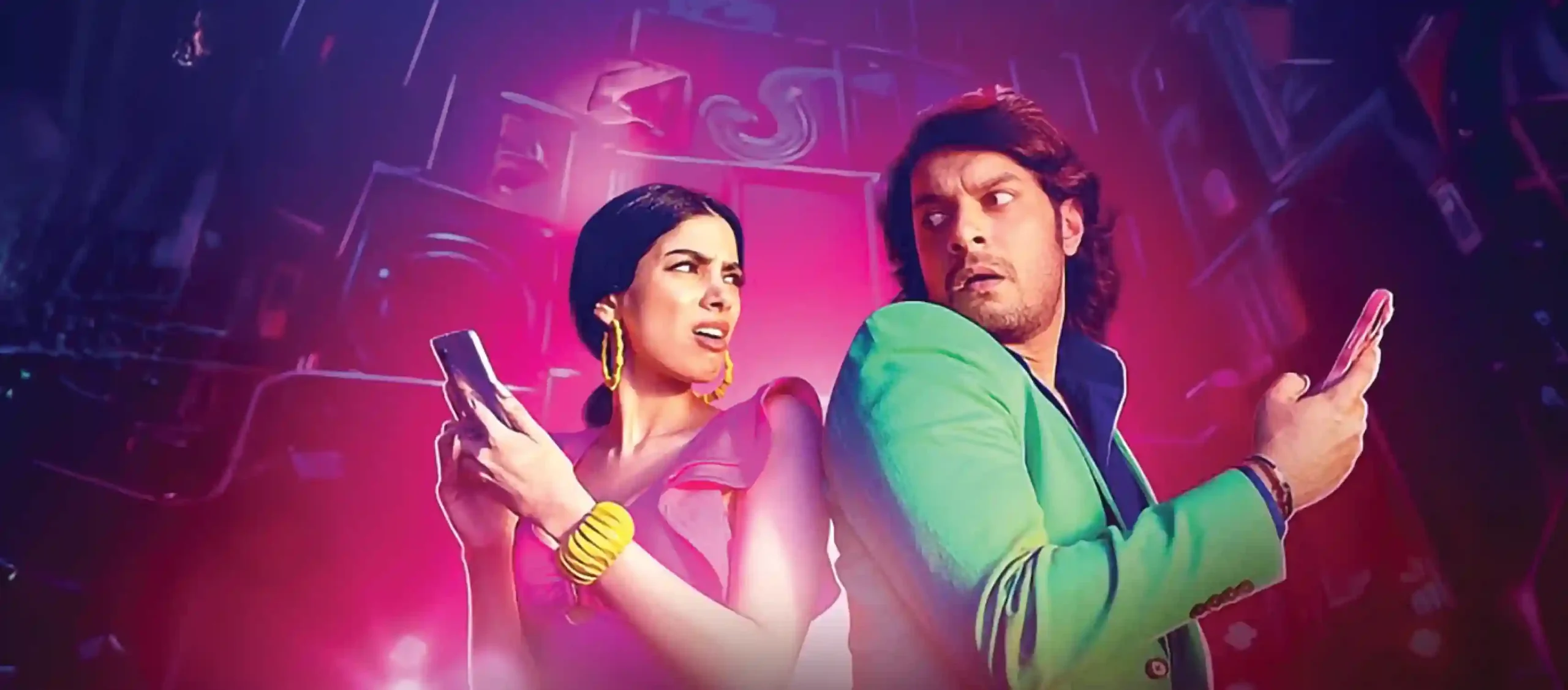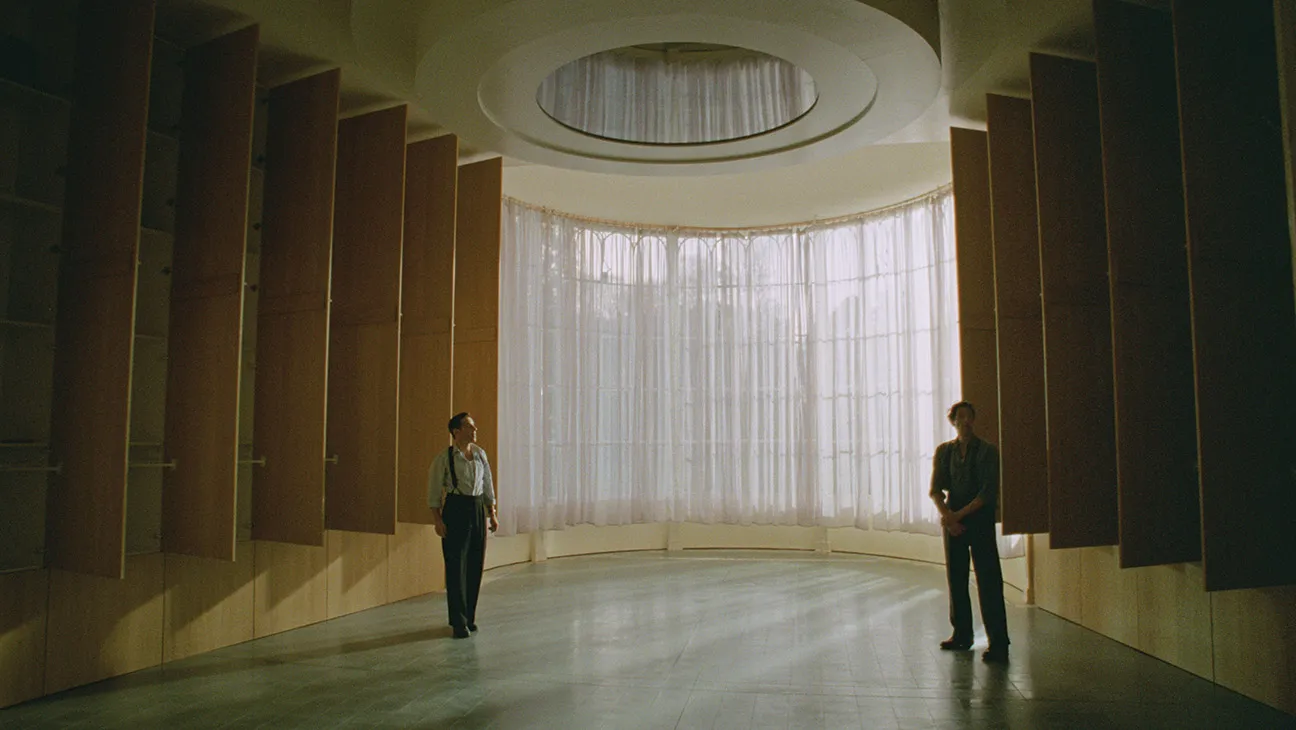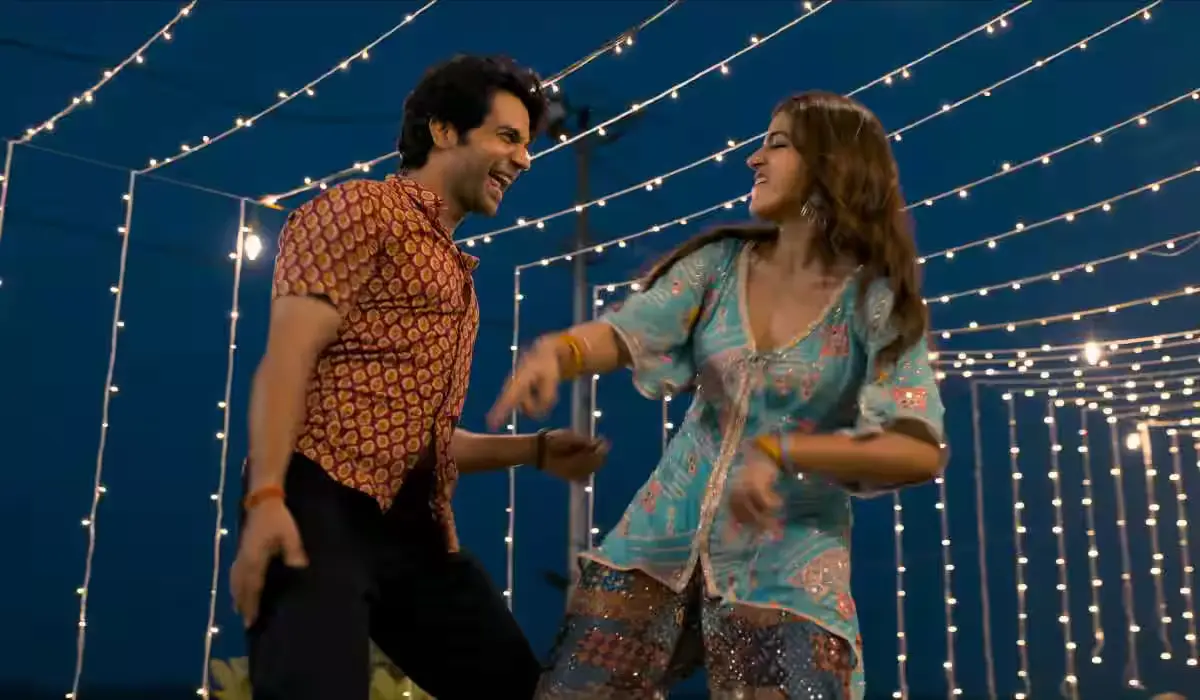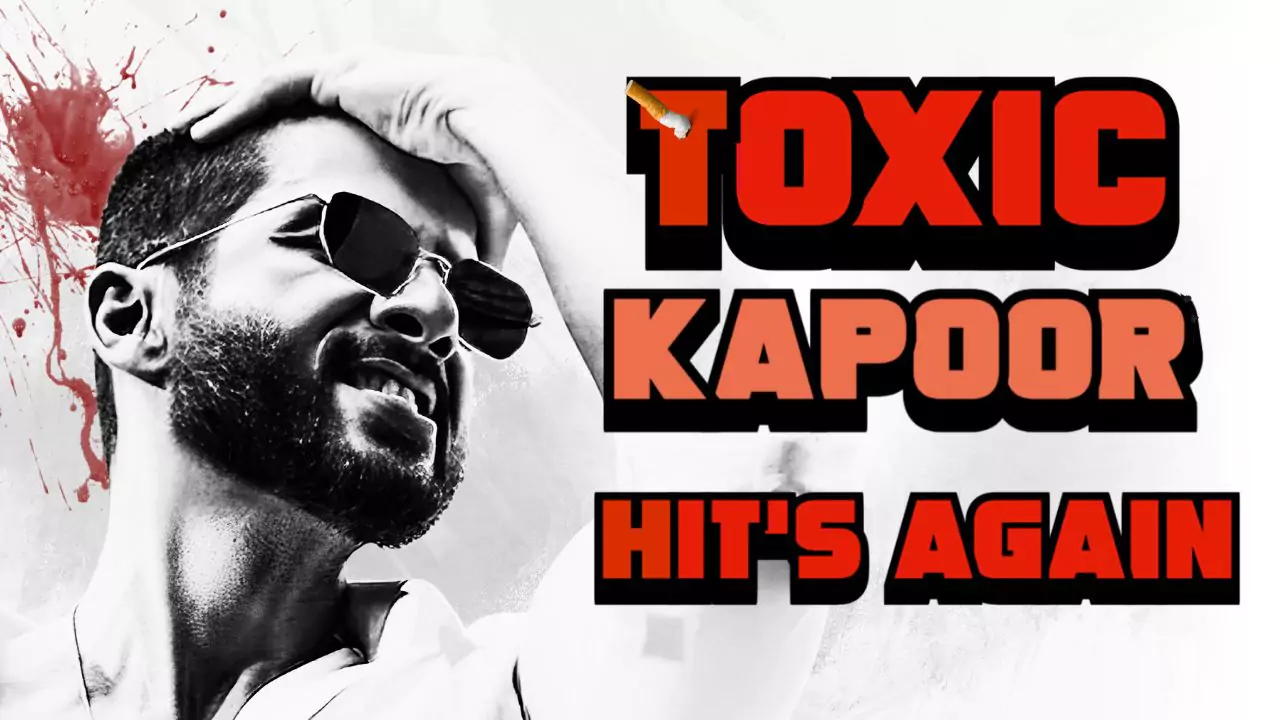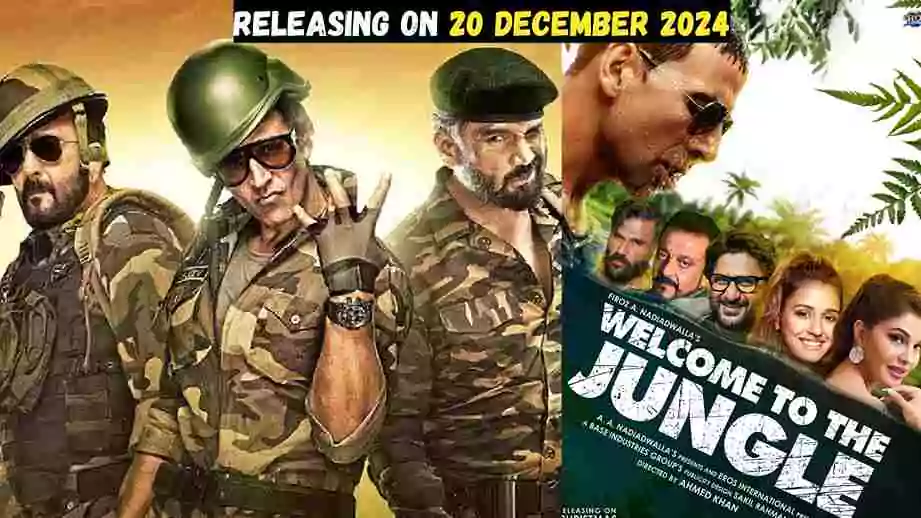Bollywood’s historical dramas often feel like superhero movies, where heroes slay cartoonish villains and history gets a shiny makeover. Films like Chaava and Tanhaji paint Maratha leaders as flawless saviors, while Mughal rulers are reduced to snarling tyrants. This one-sided storytelling feeds into modern politics but skips the messy parts—like how Maratha raids in Bengal killed 400,000 civilians.
Raghoji Bhonsle’s campaigns weren’t just battles; they were economic warfare. His cavalry, called Bargis, burned crops, drowned villagers, and even ransacked Murshidabad, the capital. A chilling lullaby from that era still echoes in Bengal: “When the children sleep, the Bargis come…”
Movies love valiant last stands, but what about invasions built on terror? The Bargis didn’t just fight soldiers—they extorted farmers, destroyed silk weavers’ looms, and left survivors with PTSD. Imagine a film showing villagers hiding garlic seeds to delay tax payments, as the lullaby describes. Would audiences cheer for that hero?

Bollywood’s formula demands a clear hero and villain, but history is a foggy mirror. Alivardi Khan, the Nawab of Bengal, wasn’t a saint—he crushed rebellions brutally—but his fight against the Marathas was about survival. If filmmakers humanize both sides, will nationalists call it “anti-Hindu”?
The 1741–1751 Maratha invasions weren’t quick raids; they were a decade of trauma. Gangaram’s Maharashtra Purana details how the Bargis drowned people, stuffed noses with water, and massacred entire families. Yet, this isn’t taught in Maharashtra’s schools—or shown on screen.
Raghoji’s story has everything Bollywood adores: battles, political drama, and a flawed protagonist. But it also forces uncomfortable questions. Why did he spare Calcutta? Rumors say the British bribed him, but there’s no proof. Would filmmakers dare suggest Maratha leaders took payoffs?

Even the treaty ending the wars feels like a hidden chapter. The Nawab of Bengal paid ₹3.2 million in back taxes and ₹1.2 million annually to keep the Bargis away. That’s not a triumph—it’s extortion. Yet, Maratha textbooks frame this as a “victory.”
Bollywood thrives on jingoism, but real courage lies in showing the truth. A scene where Raghoji’s soldiers torch a temple while chanting “Har Har Mahadev” would shatter the myth of religious unity. Will any director risk that backlash?
Films like Padmaavat and Bajirao Mastani prove Bollywood can handle complexity, but only when villains are foreign or “Islamic.” Portraying Hindu kings as oppressors is taboo. Raghoji’s story challenges the “Hindu victimhood” narrative—so will it ever get greenlit?

The British filled history books with bias, but modern filmmakers repeat their mistakes. The Bargi lullaby is folklore, not a plot point. Imagine a movie where the hero’s theme song is a mother’s lament—would it sell tickets?
Even if a director tried, censorship might gut the story. The Central Board of Film Certification routinely edits “divisive” content. Showing Maratha atrocities could be labeled “anti-national,” much like Panipat faced protests for “disrespecting” Shivaji.
Audiences aren’t innocent either. We clap when Tanhaji kills 100 men solo but look away when history gets grim. Until viewers demand honesty, filmmakers will keep selling fairy tales.


